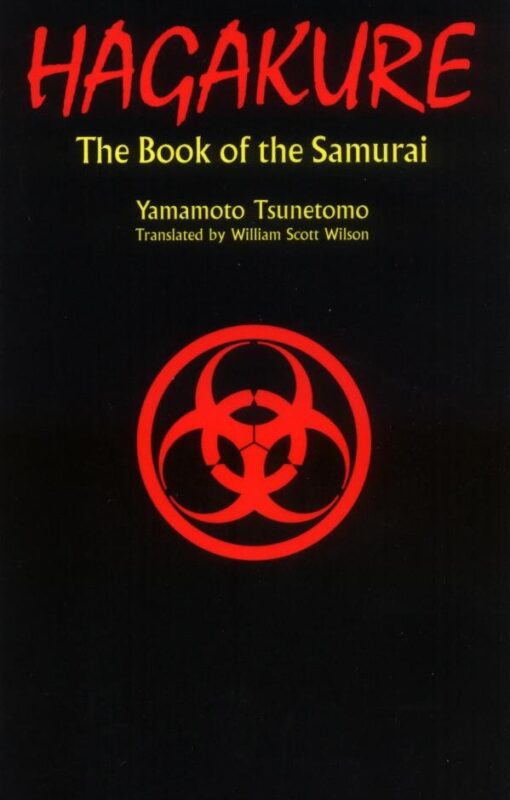
The Hagakure appears obsessed with seppuku when you read through it. In the book, Yamamoto Tsunetomo collected myriad accounts of samurai from Saga domain along with various proverbs and lessons. Tsunetomo lived during the long peace of the Edo period as a custodian of Lord Mitsushige’s books. He worked from theory, which is why seppuku acted as a representation for the values of nonattachment the Hagakure examines. Tsunetomo grew up under a father that admonished him to “become an intrepid samurai, strong as steel, and be of great use to your lord!” Tsunetomo later studied Zen and Confucianism. When Lord Mitsushige died, Tsunetomo wanted to commit seppuku and follow his lord in death, but the practice had been outlawed by the shogunate, so he and his wife settled for becoming Buddhist monks.
Seppuku was the practice of slicing open your own stomach to atone for a wrong or to follow your lord to the realm of the dead. Japanese culture at the time believed the soul resided in the belly, so this released it. It was also painful and death wasn’t always immediate. This is why custom took to assigning a fellow samurai to behead you once the deed was done. The custom is also known as the more vulgar phrase hari kiri. For Tsunetomo, seppuku represented the samurai’s nonattachment to his life, of the Zen ideal of letting go of everything. Only by letting go can a person receive. Only by dying to your ideas and misconceptions can you live. As Tsunetomo wrote:
I have found that bushido means to die. It means that when one has to choose between life and death, one just quickly chooses the side of death.
Paradoxically, the samurai’s embrace of death acted as a means of keeping him alive in combat. It allowed him to remain calm and to act in ways that would often ensure survival. Likewise, the principle related to service–of dying to oneself to meet the needs of your lord and fellow samurai–and to knowledge. Tsunetomo’s bushido held an element of humility to it because of this death principle. For example, instead of relying on oneself for wisdom, he states you should seek the console of others and of history:
Because one takes on all manner of tasks with just one’s own small portion of wisdom, everything becomes self-centered, contrary to the Way of Heaven, leading to evil actions.[…] The wisdom of just one person is like a tree stuck into the ground with no roots.
The reason we hear and remember the golden sayings and great deeds of people of the past is also so that we can conform ourselves to their wisdom. It is to prevent the rise of the self-centered mind.
This self-denial underlined most of the proverbs and lessons Tsunetomo recorded along with the deeds of the various samurai in the later half of the book. We need to remember that Tsunetomo’s samurai vignettes came from a period of warfare and a society that valued a family’s name over the life of an individual. Seppuku ensured the family’s name wouldn’t be dishonored. A dishonored family lost the financial and social support of its lord, leading to poverty, loss of status, and the possible end of the lineage. Individual deeds matter because they impacted the family’s name more than the reputation of the individual. This idea of reputation permeated the moral ideals Tsunetomo covered.
Here’s a list:
- Become as one who is permanently dead.
- Throw one’s body and mind into the service of one’s lord.
- Think selflessly and one will be unlikely to make serious mistakes.
- The wisdom of just one person is like a tree with no roots.
- Borrow from the wisdom of the past.
- Loyalty is not a distant matter, but in front of our eyes.
- People’s hearts cannot be relied upon.
- Lack of discretion is a moral corruption.
- Be ready to throw away your own life.
- Appearances matter.
- Prepare down to the last detail.
- Vow to yourself:
- “I will not to allow myself to fall behind others in bushido.”
- “I will be of use to my lord.”
- “I will make myself of use to other people.”
- Civility is the etiquette of the samurai.
- Commit, then never waver.
- There is always room for improvement.
- Never lose sight of your own faults.
- Be single minded.
Tsunetomo also offered advice on administration, decision making, and on leadership. All of these ideals were supported by the later collections of samurai stories.
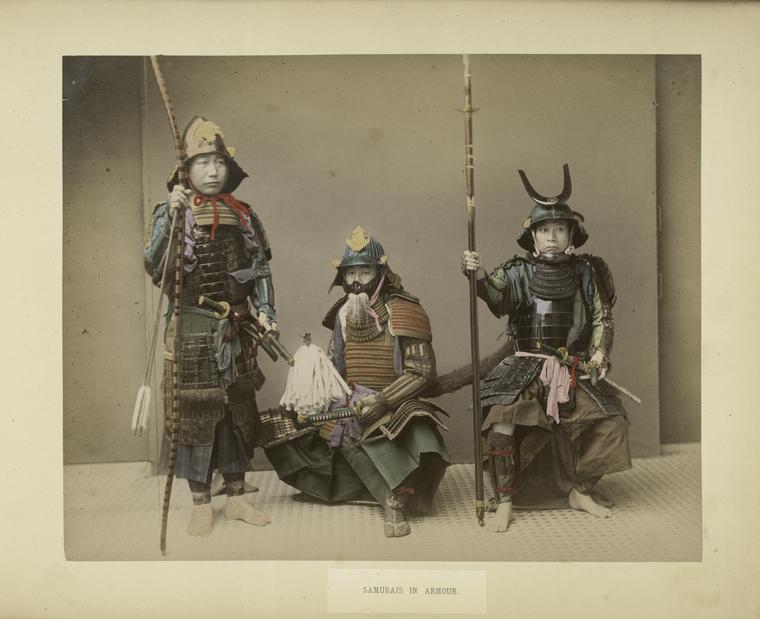
The emphasis on seppuku found throughout the Hagakure makes the book troubling for modern readers. The book has inspired kamakaze pilots during World War II and many others to kill themselves. However, this singular understanding distorts what Tsunetomo was trying to advise. Certainly, he was serious about seppuku as an honorable act. The book promotes it as the peak of samurai sacrifice. However, he also used it as a symbol for the self-denial, of a life of service, a samurai should embody. Seppuku marked the death of oneself in order to serve others, as Tsunetomo encapsulates in his 3 vows listed above. This idea comes from Zen, but it also appears in Christianity:
Then Jesus told his disciples, “If anyone would come after me, let him deny himself and take up his cross and follow me.
Matthew 16:24
In Christianity, the cross represents the Christian’s ability to die if needed for your belief. While this doesn’t involve cutting open your own stomach, the principle is the same. It represents the death to your ego in order to serve a higher cause. For Tsunetomo, seppuku has all of the virtues I’ve listed built into it as an act.
Despite all this talk of death, Tsunetomo embraced life. Here is one of my favorite sections in entirety:
A human life is truly something brief. One should pass one’s days doing what one really wants to do. It is very foolish to spend one’s days miserably in this dream-like world doing on things that one does not like to do. However, this secret teaching should not be be spoken to young people, because if it is taken wrongly it can cause a lot of harm. I myself like to sleep. As far as my present circumstances allow it, I think I should shut myself up more and more in my hermitage and just sleep. See what I mean?
In light of the modern developments in masculine culture, namely that it is in decline, I am amused by a section Tsunetomo wrote about manliness’s decline. Apparently, masculinity has been in decline for centuries: “Regarding this, in observing men in recent years, I have seen many who seem truly to be of a feminine pulse, and those who appear to be indisputably male are rare.” I’ve heard the same argument from many conservatives and other defenders of manliness. It shows how the same concerns appear in every generation. There’s nothing new.
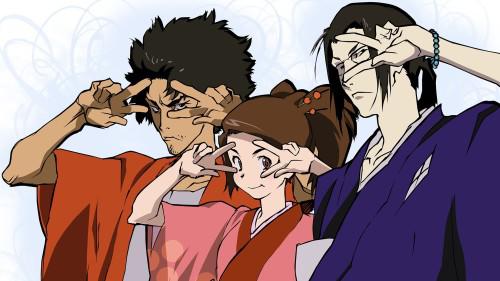
Hagakure offers many ideas that remain useful for modern readers, such as the principles I listed above. However, the emphasis on actual death in addition to symbolic death needs to be considered as you are reading. Killing the ego is a laudable goal; I speak as a Christian in this. Likewise, ideals like keeping sight of your faults and of being civil to all are great virtues to work on. Tsunetomo offers many observations about people that remain true today. All of this can be useful in a business environment.
Bushido wasn’t a unified moral system. Many other writers, such as Yamaga Soko, thought seppuku and suicide was dishonorable and a waste of service. Rather, a true warrior was to endure dishonor and continue to serve. This endurance elevated his service because of the difficulty. Hagakure sits in the section of Bushido that came to view seppuku as honorable. Both schools of thought sit on the reality of death as moral foundation. Namely, we have to die and can die at any moment, so live for others and live well.
I don’t recommend you read the entire Hagakure, however, unless you enjoy obscure chronicles of samurai actions. The first four books contain proverbs, virtues, and observations that give you a good overview of ideal samurai behavior. And these books remain somewhat applicable today. The other books contain proofs of the virtues in practice. Some of the accounts are entertaining action stories; most read as a dry chronicle that would be of interest if you study samurai history. Seppuku and other forms of death dominate these accounts.
The Hagakure offers a fascinating, idealized look at samurai ideals and actions. It requires an understanding of Zen and of history to get the most out of your read through. Otherwise, you will come away with the misplaced idea that samurai obsessed over death instead of seeing their obsession with living.
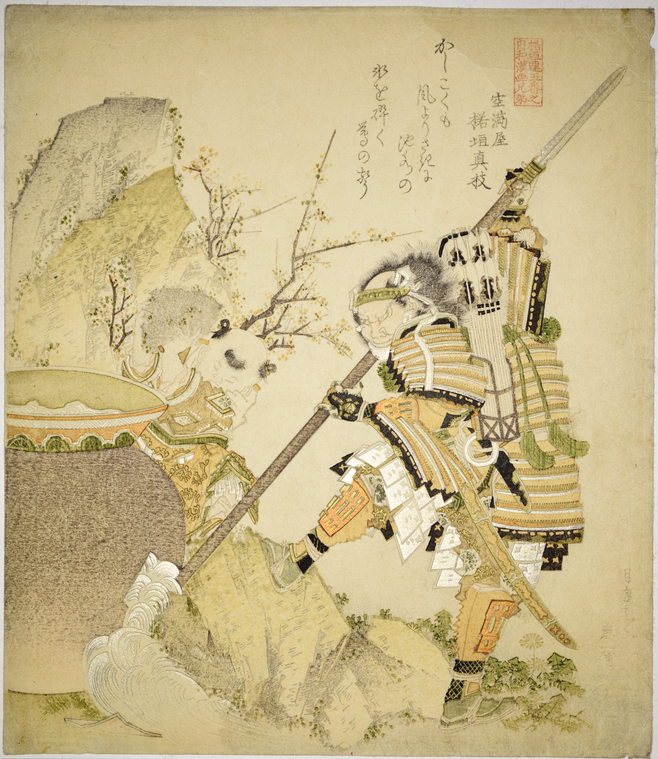
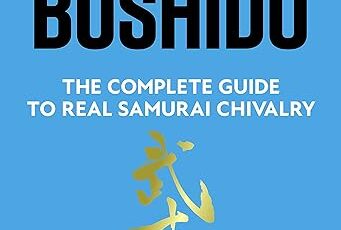
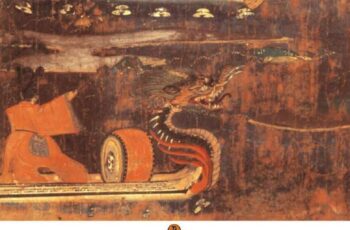
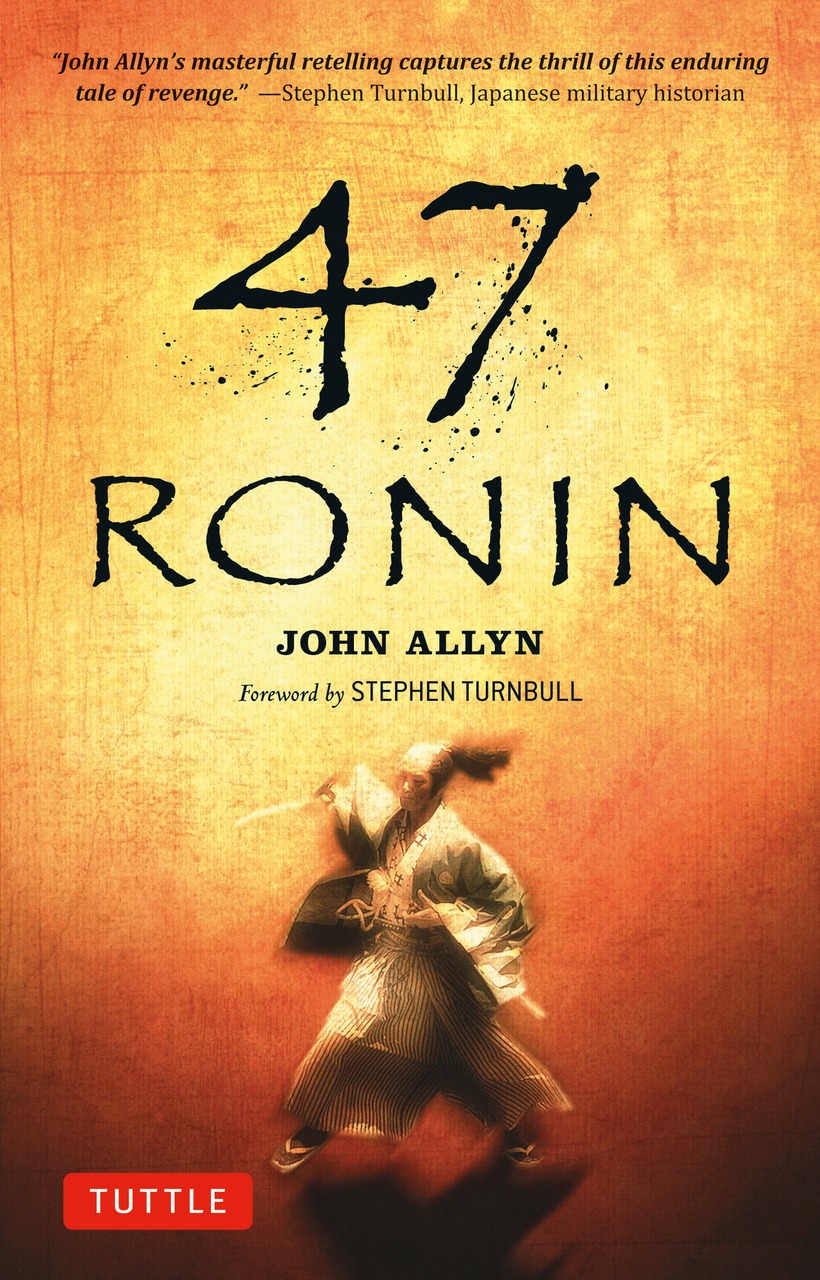
I think it’s important to differentiate a wish or compulsion to die (“…one just quickly chooses the side of death.”), with the loss of fear-of-death (“A human life is truly something brief.”). The former defines “suicide”, and consequently carries the associated moral and ethical baggage of a particular society’s social standards regarding intentionally self-destructive acts. The latter, however, merely describes an acceptance that does away with the distraction caused by the fear of one’s own inevitable mortality.
Having never read it, I can’t comment on where “Hagakure” falls in this regard. But Yamamoto, apparently having been a Zen priest at the time of its writing, was I believe attempting to formalize the still emerging philosophy of Bushido. That makes this a rather interesting text, and certainly worthy of comparison to later interpretations, such as that of Nitobe Inazō.
Possibly coincidental? “Yamamoto” is written “山本” (“Mountain-Source”). There is a Taoist kōan repeated in Rinzai practice (paraphrased from memory): “Before he began studying, a Ch’an master had thought that mountains were just mountains. But once he began studying, he discovered that mountains were not mountains. But then, when he mastered his studies and stopped worrying about it any longer, the mountains were just mountains again.”
This is about mastery as opposed to thinking (or worrying) too much.